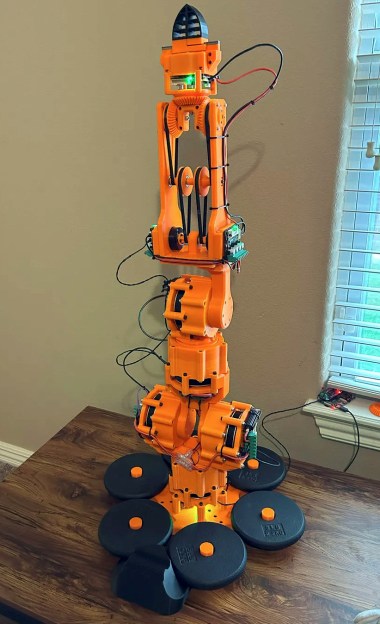Even in 2025 there are still many applications for a simple Disk Operating System (DOS), whether this includes running legacy software (including MS-DOS games & Windows 3.x), or (embedded) systems running new software where the overhead of a full-fat Linux or BSD installation would be patently ridiculous.
This is where the FreeDOS project provides a modern, fully supported DOS, with the recent 1.4 release adding a whole range of features and updates to existing components like the FreeCOM command shell. This is the first stable release since 1.3 was released in 2022.
FreeDOS saw its first release in 1994 and has become the de facto replacement for MS-DOS — featuring many improvements to make it work well on modern hardware and a package manager to manage installed software much like on Linux & BSD. The new kernel didn’t quite make it into this release, but it and some other items will be available in the monthly test builds.
You can download the new 1.4 release here, with live & installer CD images, a USB installer and even a Floppy Edition available. System requirements include an (Intel) x86 CPU, a BIOS (or legacy UEFI mode), 640 kB of RAM and 20 MB of storage.


















